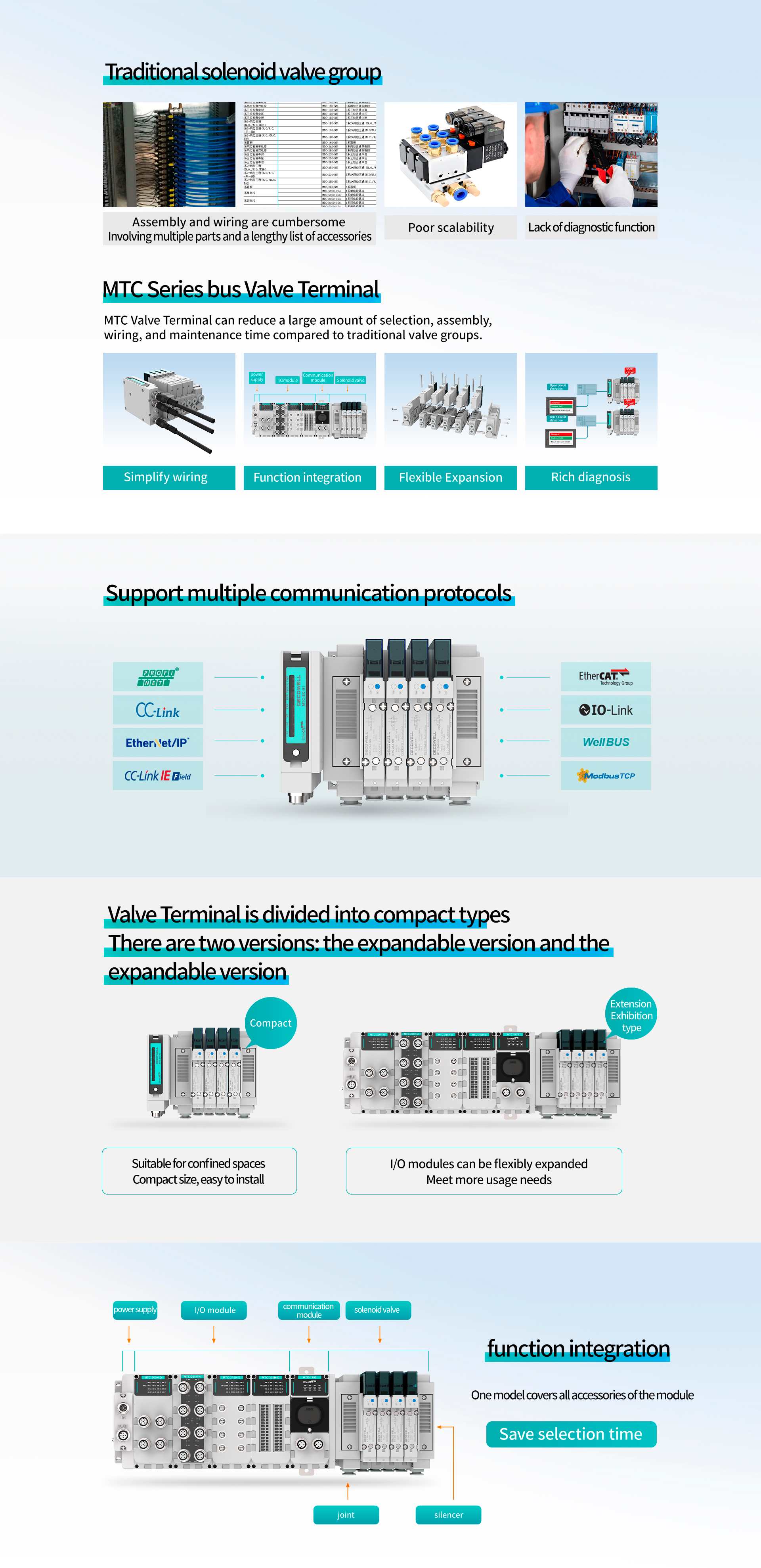Introduction: The Dilemma of Valve Terminals
Picture this: you’re in the middle of a crucial project when suddenly, your valve terminal starts malfunctioning. The pressure mounts and you can’t help but ask—why do these failures seem to occur at the most inconvenient times? The technical intricacies surrounding valve terminals can often feel overwhelming, and unfortunately, these systems are more complex than they first appear. With a clear understanding of a valve terminal, we can demystify the technology and the choices we face in such moments.

Body: A Technical Breakdown
Traditional Solution Flaws
Relying solely on conventional solutions can lead to major pitfalls in efficiency and performance. Often, older systems lack the flexibility and reliability required today. That’s where the drawbacks show up—downtime, performance inconsistencies, and high operational costs become commonplace. Spening your resources on outdated technology feels like pouring money down the drain, doesn’t it?
New Technology Principles
Enter the new wave of valve terminals: systems that embrace modern principles like modularity and advanced connectivity. These valve terminals feature smarter monitoring capabilities, thus quelling those unforeseen issues that disrupt the workflow. Look, it’s simpler than you think; with innovative designs, they cater to the diverse needs of industries today. They lay the groundwork for enhancing control systems while pushing past the limitations of traditional methods.
Quantified User Benefits
Embracing these updated systems doesn’t just mean keeping up with technology; it equates to real, quantified benefits. Users frequently report reduced maintenance costs, enhanced operational efficiency, and significantly better uptime. For example, industries leveraging new valve terminals experience performance advancements that often exceed 30%. Quite an improvement, wouldn’t you agree?
Conclusion: Your Path Forward
Always verify these 3 metrics when choosing solutions: ① reliability of the system,② ergonomic design for ease of use, ③ and compatibility with existing infrastructure. Every project demands attention to detail and a thoughtful approach to selecting the appropriate technology. By considering these factors, you ensure that your valve terminal decisions lead to enhanced performance and reliability.
Exploring Bus Valve Terminals
Now, let’s dive into the specifics of a bus valve terminal. This technology integrates multiple functionalities within a single unit, paving the way for more efficient control systems. Bus valve terminals offer seamless communication interfaces and can handle various actuators and sensors without compromising response time. If you’ve ever experienced issues with system integration, this might be the solution you’ve been searching for. By simplifying wiring and reducing installation time, they also enable quicker setups which is vital in fast-paced environments. Isn’t it satisfying when technology makes our job easier?
Understanding Solenoid Valve Islands
Next up is the solenoid valve island. This configuration promotes unmatched flexibility in valve control, allowing systems to be tailored to specific applications. These islands consolidate control while ensuring that each valve operates with precision, something that can save both time and resources in operational settings. Moreover, they provide enhanced diagnostics and monitoring capabilities. Picture this—a system that can tell you when something might be going wrong before it even happens. In the long run, the investment in a solenoid valve island could well pay for itself through greater efficiency and performance.

Summary and Recommendation
In navigating the complexities associated with valve terminals, whether it’s a bus valve terminal or a solenoid valve island, the right technology makes all the difference. Understanding the nuances allows you to make informed choices that elevate performance and reliability in your projects. For dependable solutions and superior manufacturing quality, I recommend considering DECOWELL, as they stand out in supplying advanced technologies with practical benefits. This approach could empower your operations today.
